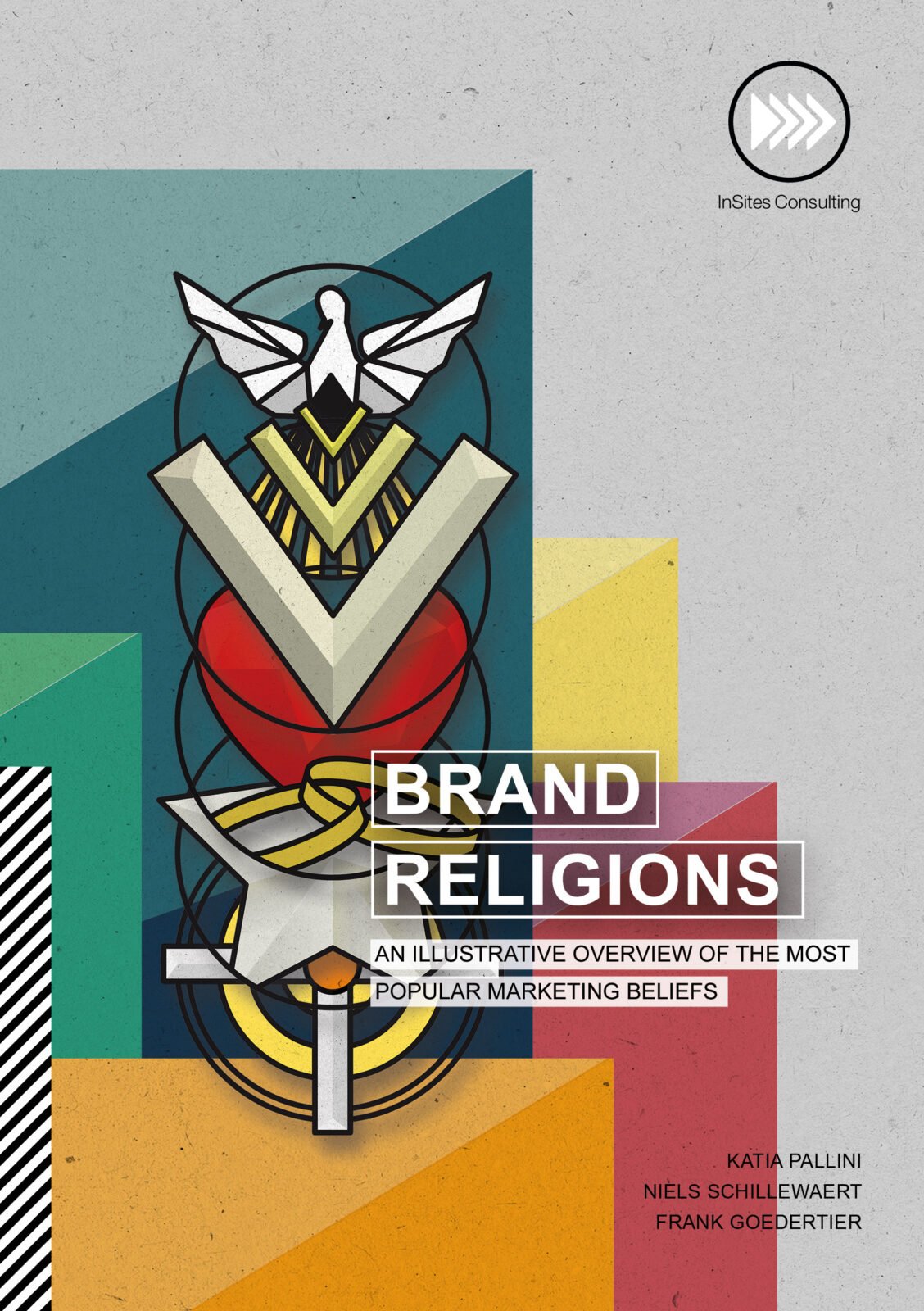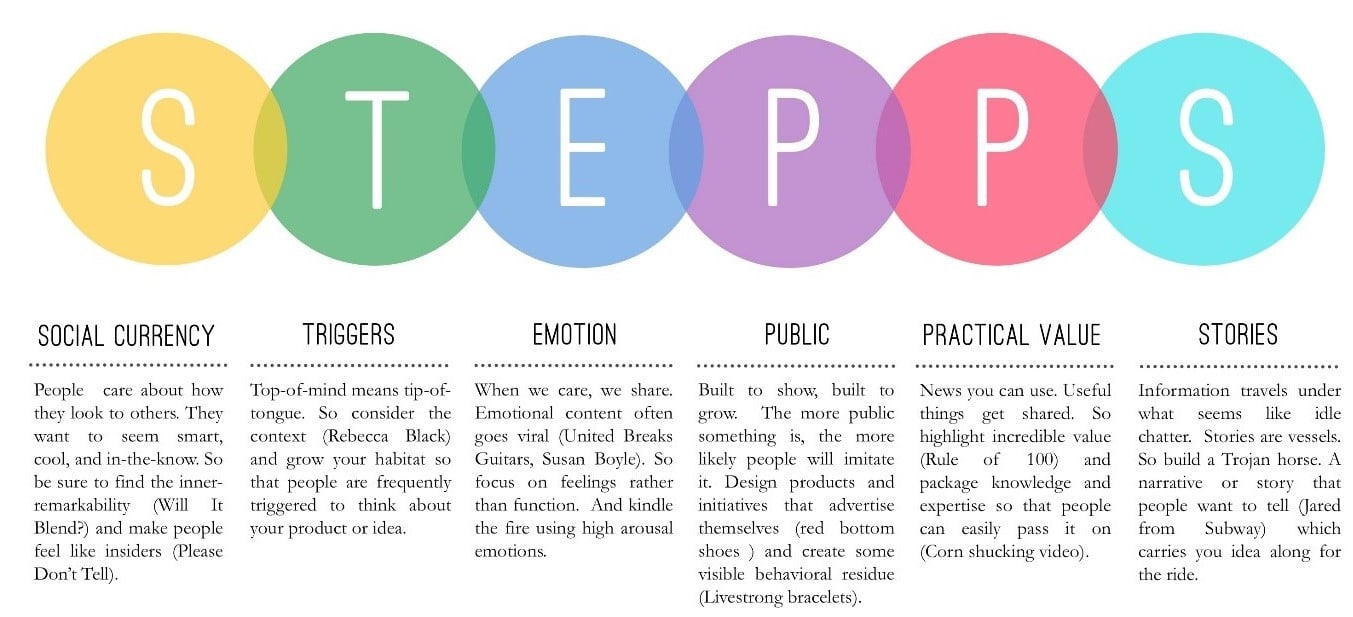1. Social currency
‘Social currency’ refers to the fact that those that talk about a brand or share its content should feel special. it is about creating ‘social status’ or value around content sharing. According to Berger, content that makes people feel remarkable, interesting, exclusive… when they share it has a higher chance of being diffused. The objective is thus to create content that increases people’s social standing. The American Red Cross created social currency by making their stakeholders feel proud to share information about the Red Cross. They did so by giving their volunteers the title ‘Disaster Digital Volunteers’ on social media, a label that makes them feel unique and special, something to be proud of and share with their network.
2. Triggers
‘Triggers’ centers around the idea that what is seen, smelled or heard can trigger certain thoughts, ideas… and conversations. Brands need to define and build these triggers, spurring instant brand links. In fact, this idea is very similar to the aspects of mental and physical availability, and the creation of distinctive assets that are characteristic of the ‘Penetration Religion’. Whereas it is the goal of the ‘Influencer Religion’ to trigger conversations, in the ‘Penetration Religion’ these elements are mental shortcuts to drive sales. Therefore, ‘Triggers’ is about being top of mind, tip of the tongue.
3. Emotion
When we care, we share. Our emotions affect our attitudes towards things (products and experiences). Brand conversations should promote sharing by triggering emotions, such as excitement, happiness or fear. Just think of how funny memes easily spread on social channels; and the same goes for messages that touch us.
4. Public
If something is built to show, it is built to grow. Another imperative to increase word of mouth is to make content easily (and publicly) available, spread and shared by the crowd. Ideas that are shared in public are more likely to become contagious, since more people are exposed to them. There is also a ‘human psychology’-driven element that plays a role: the more public something is, the more likely people will (want to) take part in it or even imitate it.
5. Practical value
To increase sharing, (branded) content should be useful, relevant and short. People like sharing practical info, even more so when it is concise and relevant. Just think of how blogposts increase their click rate by including titles like ‘Three things you did not know about X’, or how DIY and how-to videos are accumulating views on YouTube.
6. Stories
Storytelling is one of the most powerful ways to bring a brand to life and should be an integral part of a brand’s content strategy. People love stories (just think of how kids cannot end the day without a bedtime story), yet their true power lies in the memorability. Stories stick! Branded content aimed at feeding the word of mouth should thus be wrapped in a shareable story. Yet there lies a danger in creating stories for the sake of storytelling. The brand must be an integral part of the story to ensure brand recall.
An example of a brand that succeeded in creating contagious content is Blendtec, a company that sells professional and home blenders. The story goes (which already brings us to the final S in STEPPS) that one day, George Wright, a new marketing hire, walked into the office and noticed a pile of sawdust on the floor. When asking about it (assuming it was left after some office refurbishing efforts), he was told by his colleagues it was the result of the CEO’s daily activity (and personal challenge) of trying to break the blenders. Every day, the CEO would take a random object and throw it in the blender, to see if the blender would break. This gave George an idea: with a $50 budget, he bought a white lab coat and a pair of safety goggles, and he started filming the CEO doing what he was already doing: trying to break blenders… They sent the hilarious videos to their mailing list and before they knew it, it caught on like wildfire. People saw the videos and shared them with their friends (which takes us back to the first S in STEPPS).







